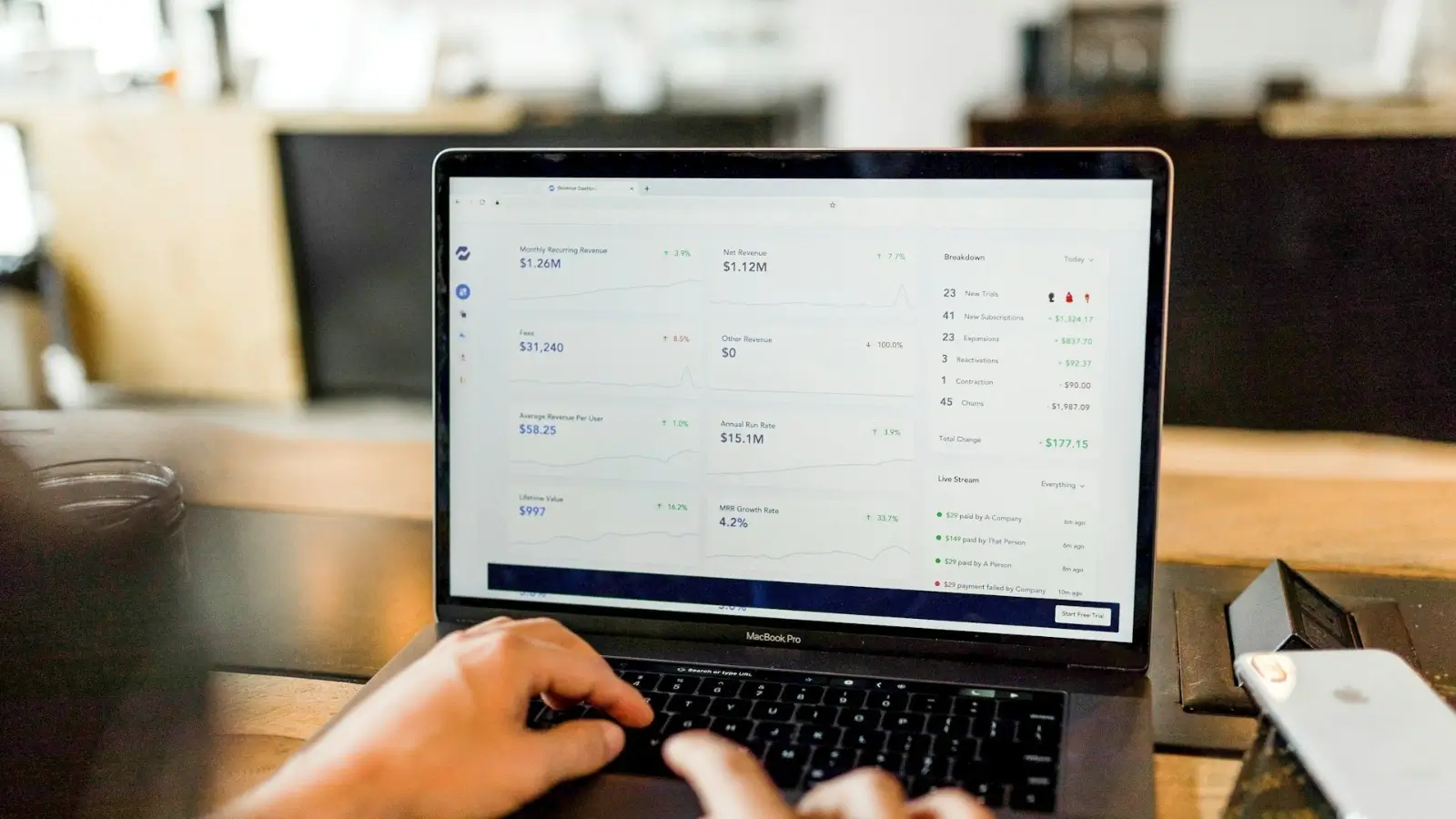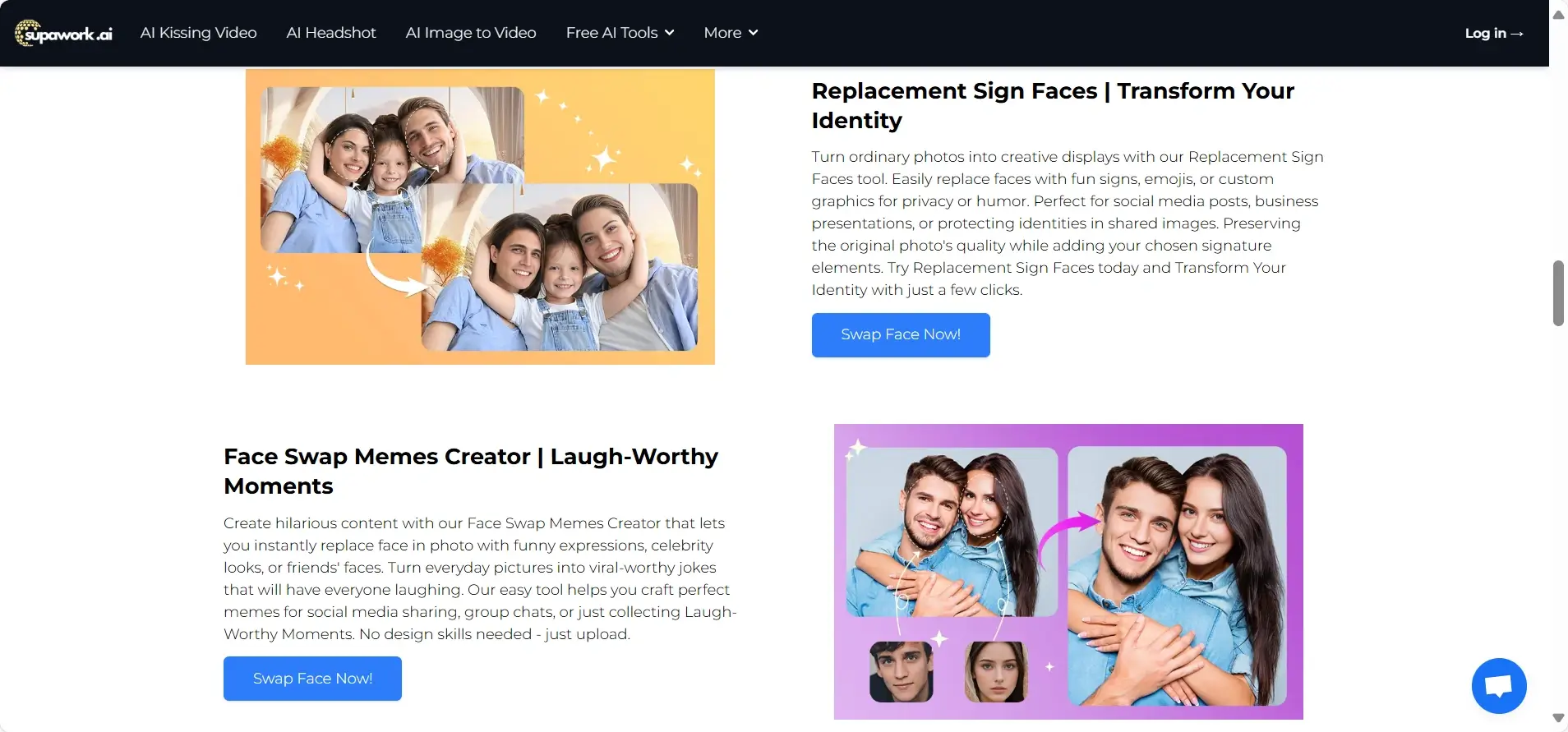


Technology is changing fast. Every day, something new pops up that blows our minds. One of the strangest and coolest things today is ai face swap. It sounds like something out of a movie, but it’s real—and it’s everywhere. Whether it’s for fun, trickery, or even art, it is becoming a big deal. So let’s break it down in plain words. What is it? Why is it so popular? Is it safe? Let’s find out.
First, the AI looks at two faces: the one you want to use and the one you want to change.
Then it studies the face shapes, skin color, and facial features.
Finally, it blends one face into the other, almost like makeup for your digital self.
Sometimes the results look fake and silly. Other times, it’s hard to tell it’s been changed at all. That’s when things get a little spooky.
People use ai face swap for lots of reasons. Some just want a good laugh. Others use it to make cool videos. Here are some fun ways it’s being used:
Social media fun: People post funny videos or memes using celebrity faces.
Movie magic: Some film editors use it to fix scenes or add effects.
Gaming and apps: Apps let you put your face into games or onto famous characters.
It’s like being in a movie or a comic book. You can be anyone—just by clicking a button.
Not everything about AI face swap is fun and games. There’s a dark side, too. Some people use it to make fake videos. These videos can look real, but are completely fake. This is called a “deepfake.”
Imagine seeing a video of someone saying something they never said. That’s scary, right? It can hurt people’s lives, jobs, or even cause trouble in politics.
Because of this, many people worry about being used in the wrong way. Some countries are even making new rules to stop fake videos from spreading.
Here’s a big question people are asking: Is ai face swap a kind of art? Or is it just a trick?
Some artists use it to make cool and creative videos. They mix faces to tell stories or make music videos. That’s pretty awesome. But others use it to fool people. That’s where things get tricky.
It all depends on how it’s used. Just like any tool, it can be good or bad. A hammer can build a house or break a window.
There are many apps and websites that let you try ai face swap yourself. Some are free, and others cost money. Here are a few popular ones:
Reface: A fun app where you can put your face into movie clips.
FaceApp: Known for changing your age, but also does face swaps.
Zao: A Chinese app that makes super realistic face swaps.
DeepFaceLab: A tool used by pros for more serious editing.
If you try these, remember—just because it’s fun doesn’t mean it’s always safe. Be careful where you upload your face.

Where is ai face swap going next? No one knows for sure, but here are some guesses:
More real: Swaps will look even more like real life.
Live face swap: We might be able to swap faces during live video chats.
Used in schools: Teachers might use it to make fun lessons.
Virtual worlds: You could walk around as a whole new person in VR.
Cool stuff, right? But again—it depends on how we use it.
Only use trusted apps: Check reviews and read about the company.
Don’t share everything: Only use photos you’re okay with sharing.
Read the fine print: Know what the app does with your data.
Don’t be mean: Don’t use someone’s face to make fun of them.
Have fun, but be smart: Enjoy the tech, but use common sense.
AI face swap is like a digital costume. It lets you wear someone else’s face, just for a while. It’s fun, funny, and sometimes even helpful. But it also comes with risks. It can be used to trick people, steal privacy, or cause harm.
The best way to enjoy video face swap is to be smart and respectful. Know the risks. Think before you share. And always ask, “Is this okay?”
We live in a world where faces can change with a click. That’s powerful stuff. Like any power, it should be used with care.